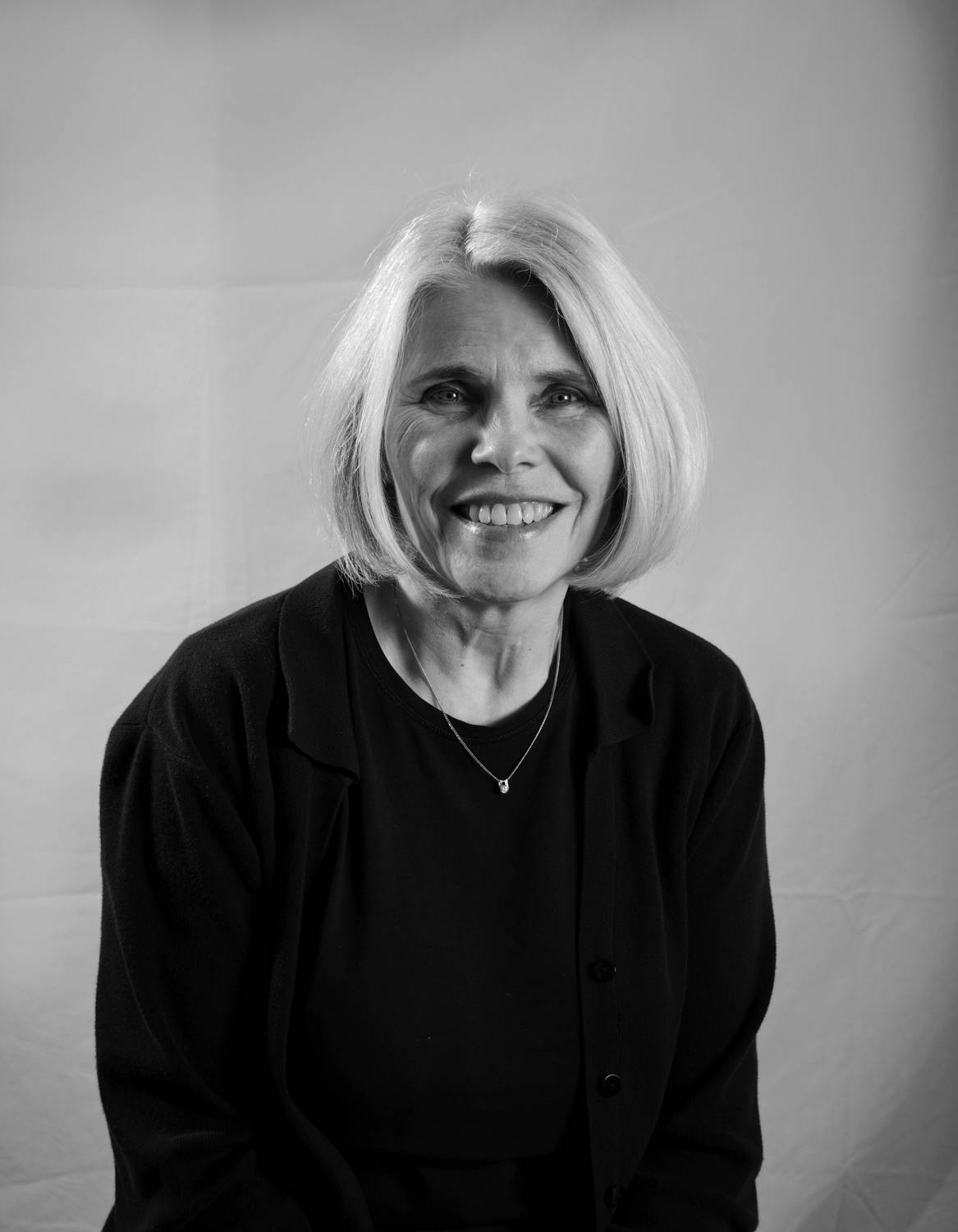It was the fall of 1970 when I took a mushroom identification class from Boyd Schaffer. Boyd was a master in the wilderness. He knew every edible plant, knew poisonous from non-poisonous mushrooms and could identify them in the field. He was a walking botany text and later wrote and illustrated a book of Kenai Peninsula flora where he taught for years at KPC until death.
We gathered at one of the upper peninsula school’s parking lot with boots, buckets and knives and caravanned to Swanson River area to the large 1969 burn area.
My husband and I moved to Alaska in 1969. We lived in Kenai to teach in an ever expanding school district due to discovery of oil in Swanson River area. Someone had failed to put out a campfire in late July-early August. The wind came up overnight and this fire grew to the point of threatening evacuation of Kenai, burning to the Beaver Loop area. We drove into this fire and it felt like we drove into hell with smoke and soot flying, flames jumping fire breaks, helicopter water buckets, bulldozers, water tankers, chainsaws buzzing and life non-stop 24 hours a day to save the the upper peninsula. It was truly a crisis situation that took weeks to put out that fire.
After a hot fire like this, fireweed and mushrooms bloom by the thousands. Boyd had warned us to take only what we thought we could eat, or prepare to freeze, because there would be a lot of mushrooms. That was an understatement. We harvested morels by the bucketful, hedgehog mushrooms by the tarp-full, orange delicious, puffballs by the bucketful. It was a bonanza and Boyd taught every person there how to tell a puffball from a non-edible: slice down the middle and it should look like a marshmallow. We learned identification of morels, delicious in butter, from false morels that are considered inedible. Hedgehogs were carefully examined because worms love them as much as humans. The orange delicious (one of my favorites) has a concaved top in which a certain greenish algae lives. Without the algae, don’t pick it. It’s questionable due to stomach ache.
All I know about edible mushrooms and how to prepare them, I learned from Boyd. Later the following year, I had the privilege of teaching survival schools after spending a week in the wilds with Boyd learning every edible plant on the Kenai Peninsula from Seward to North Kenai. Boyd took us on hikes and quizzed us on leaf structure, root formation, flowering parts to identify plants that mimicked each others. We made salads, cooked with wild plants, tasted and tested recipes. Boyd infused a respect and love for wild wooded areas that has never left this farm girl from North Dakota where cottonwoods grow along the creeks and pot holes. Alaska was an adrenaline rush.
Another notable teacher of mine was Herman Urban, son of German immigrants. To earn money for college, I was a female wrangler in a trail ride camp in the Badlands of western North Dakota where President Teddy Roosevelt had a ranch. Herman was the head wrangler. We lived in tents amongst sage brush. Herman fashioned a make shift corral and barn for the horses in case of storms. He knew all the surrounding ranchers and borrowed horses and riding gear on loan for a summer, bought a little hay and oats to supplement grazing. There was nearby water for the animals, necessary on the hot, windy summer days.
I was designated cook for these high schoolers and had to organize the campers for KP (kitchen patrol). Herman taught campers how to saddle and bridle a horse, how to mount and dismount and not spook the horse. He taught respect for the animals, wild and tame, care of a horse and how to read the horse’s personality. Though I was a fair rider myself, I learned more about horse riding and love of the animal from Herman than I ever did from farm life experience. He took us on night rides and to burning coal veins where we roasted hot dogs right over the glowing earth. Beside horses, Herman taught everyone knife and axe care, how to build a campfire and a fire in the ground to cook beans all day and come back to camp for a delicious ready made meal. He taught compassion and patience in his quiet, steady way.
Were there memorable teachers in your life? Consider a gift to the new Educators Professional Development Fund at the Homer Foundation, a permanent endowment that supports professional development to public school educators on the lower Kenai Peninsula — a lasting way to honor great teachers, good teachers, in a demanding, noble profession.
Flo Larson is a Homer Foundation trustee.
Nonprofit needs for October
Kachemak Heritage Land Trust would like a locking four-drawer file cabinet with a key.
Contact: Marie McCarty, Marie@kachemaklandtrust.org
Haven House is looking for the following items for the shelter: women’s rain gear (coats) or umbrellas, chap stick, razors and shaving cream, feminine hygiene items , towels, journals / daily calendars, dog food, shampoo and conditioner, hair ties, slippers, and any arts and craft supplies.
Homer Thrift needs a computer. Contact: Maggie Lush, maggie@havenhousealaska.org
Share the Spirit is looking for an individual or service group willing to do the annual Spaghetti Feed, held Tuesday, Dec. 11, for its Christmas Basket program. This is their main event for raising monies for this program that provides food and gifts for local families in need. Contact: 235-7466 to leave a message


